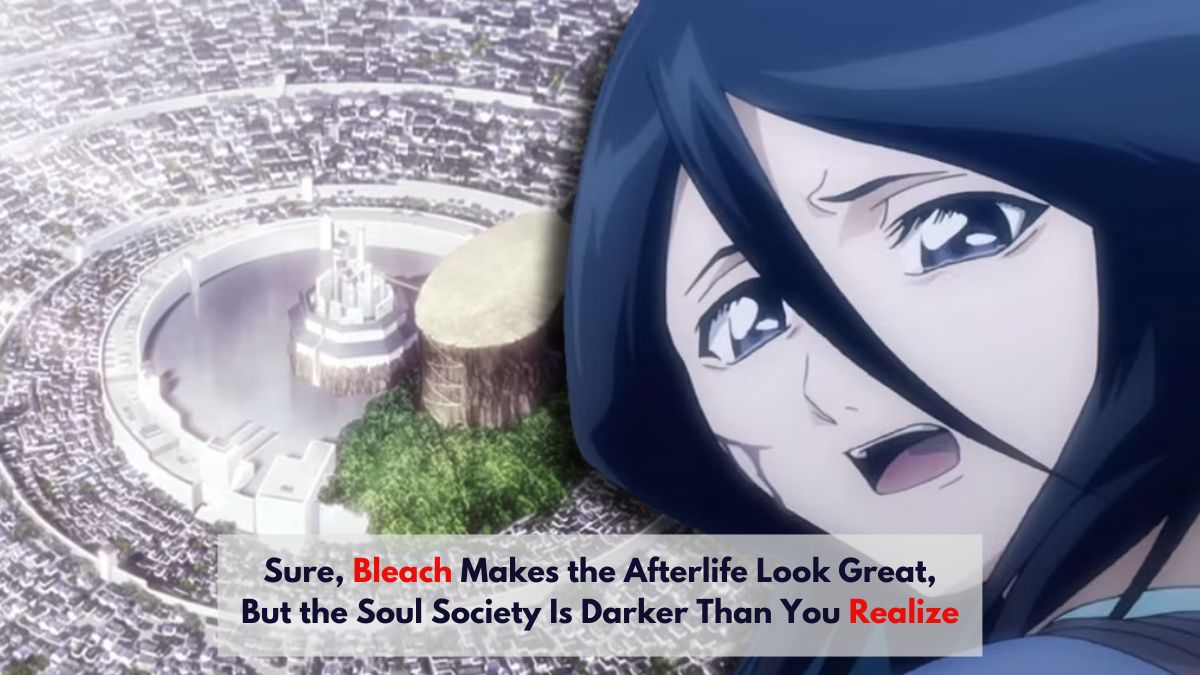In Bleach, the Soul Society is often portrayed as the afterlife where most souls go upon death. However, despite how it’s described by some characters, it is far from a paradise. The harsh realities of its world reveal a much darker truth.
In Chapter 12, Rukia reassures a ghost about to pass on, saying, “Don’t worry, the Soul Society is a nice place. You’ll never be hungry, and you’ll be happy.” At this point in the series, fans have yet to see the Soul Society, so there’s little reason to question her words. However, Rukia knows she isn’t being truthful. Her own experiences within the Soul Society prove that life there is far from the idyllic existence she describes.
Bleach’s Soul Society is Stricken With Inequality
The Soul Society is Divided Heavily by Class
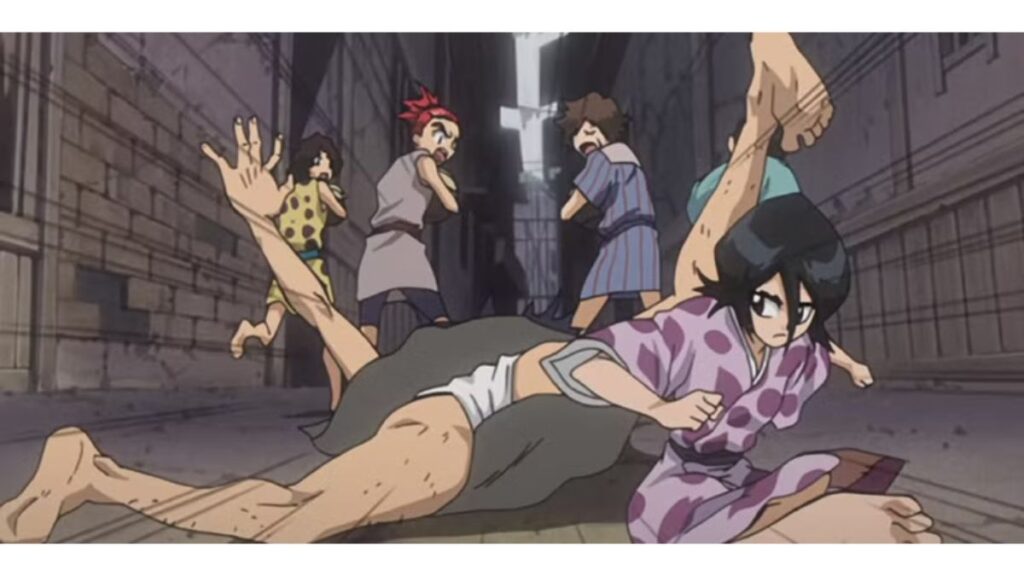
In the Soul Society, souls do not experience hunger as they no longer need sustenance. However, happiness is a different matter entirely. Rukia Kuchiki’s journey in the Soul Society began roughly 150 years before the events of Bleach, following her death as a human. She arrived with her sister, who soon abandoned her, leaving Rukia to survive in the Rukongai—an immense, poverty-stricken district where most souls reside. With over 320 sectors, the Rukongai is densely populated, making it nearly impossible for families to reunite after death.
Alone on the streets, Rukia eventually joined Renji Abarai and his group, forming a makeshift family. Life in the outer districts of the Rukongai is harsh, often dominated by lawlessness and violence, where only the strong can survive. Weak souls are especially vulnerable, as the sheer spiritual pressure emitted by powerful beings—such as Soul Reaper captains—can cause them to collapse. However, Rukia and Renji’s naturally high spiritual energy granted them the opportunity to escape this brutal existence by becoming Soul Reapers, securing a more stable life within the Seireitei.
While some Soul Reapers originate from the Rukongai, the majority hail from the Seireitei, a well-guarded and privileged sector reserved for the aristocracy and elite warriors of the Soul Society. In stark contrast to the Rukongai, the Seireitei is a place of peace and order, its exclusivity ensuring a high standard of living for its residents. This extreme disparity highlights one of the Soul Society’s greatest injustices—an inequality so vast that it surpasses even the most severe social divides in the human world.
The Soul Society Has Committed Unforgivable Sins
In The Name of Preserving the Status Quo, The Soul Society Has Done Horrible Things
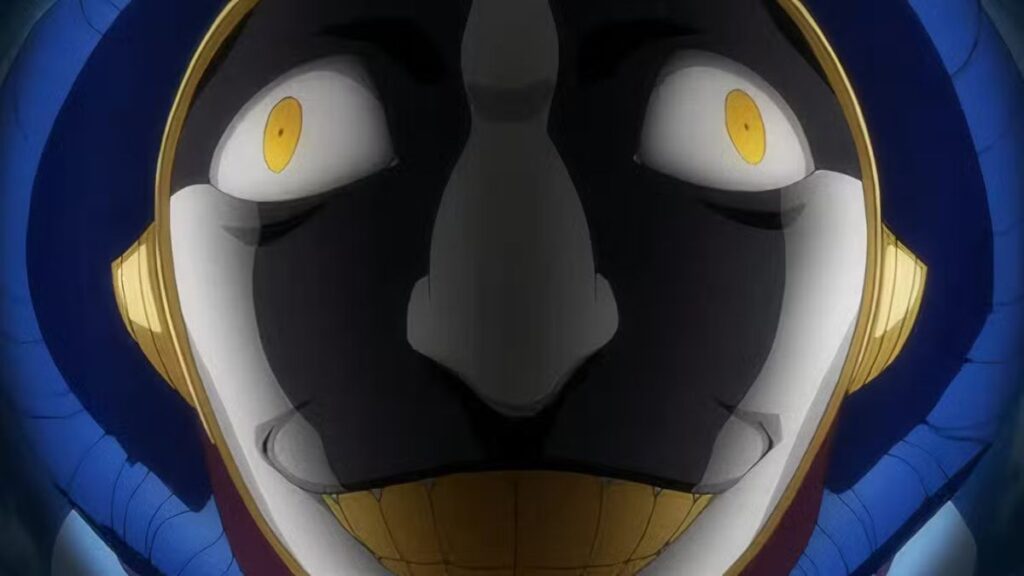
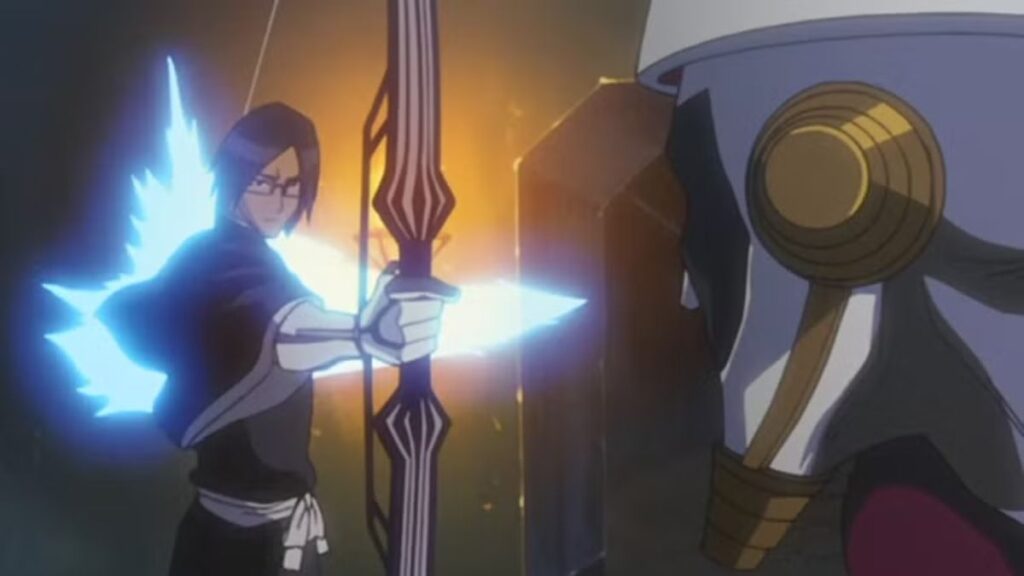
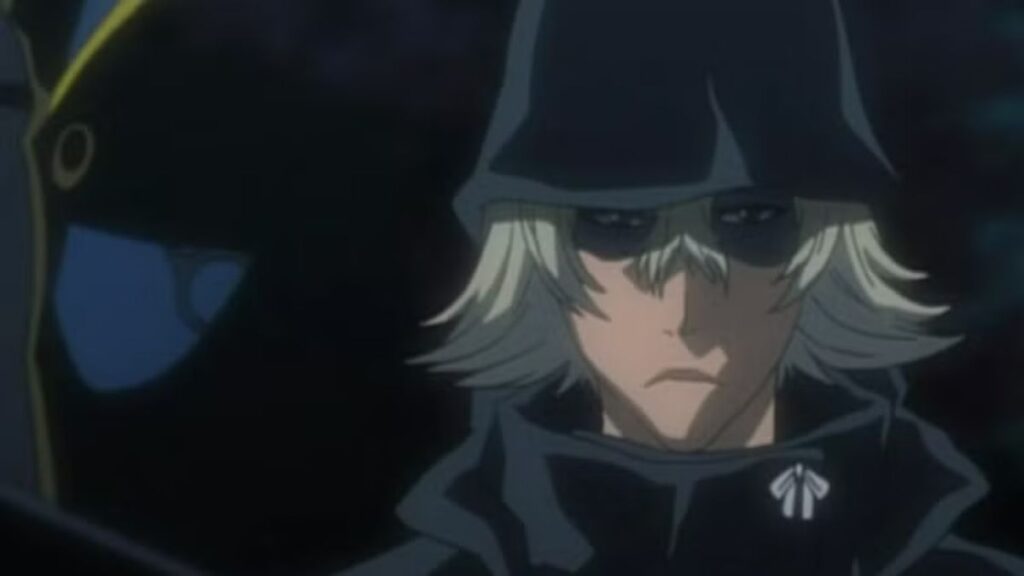
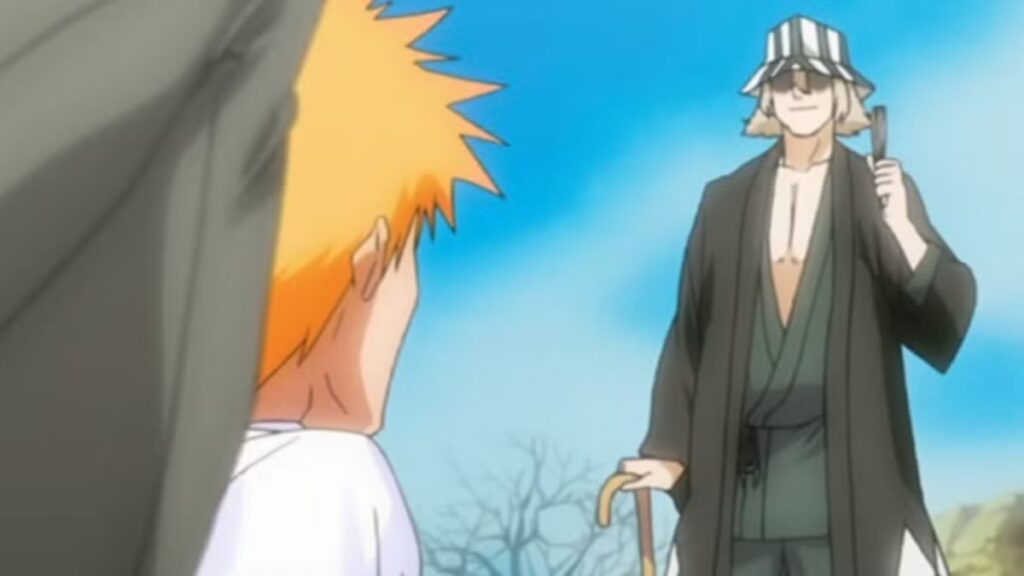
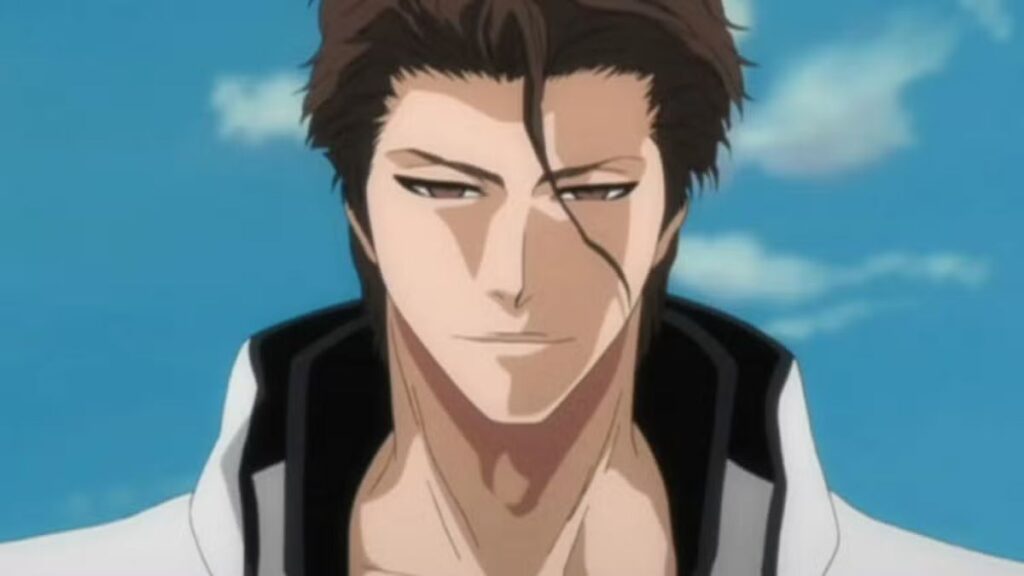
The Soul Society, for all its order and structure, has a dark history filled with questionable and outright sinister actions. While most souls live ordinary lives, unaware of the dealings of the Soul Reapers and noble houses, the ruling powers have made brutal decisions to maintain balance and control. One of the most infamous examples is the near-extermination of the Quincy, whose ability to destroy Hollows threatened the natural flow of souls into the afterlife. Another is the dismemberment of the Soul King, a divine entity, to preserve the status quo.
These past atrocities set a precedent for ongoing ethical transgressions, often carried out with the implicit approval of Head Captain Yamamoto. The most glaring case is Mayuri Kurotsuchi, the Soul Society’s unhinged scientist, who openly revels in torturous experimentation. His cruelty extends even to his own “daughter,” Nemu, whom he physically and verbally abuses. With free rein to conduct inhumane experiments, Mayuri has killed and enslaved countless Quincy and Hollow test subjects in the name of research.
Before Mayuri, Kisuke Urahara also engaged in ethically murky experiments, including knowledge of the highly dangerous process of severing the soul chain—an act that should never be undertaken. Similarly, Sosuke Aizen carried out horrific experiments to create Soul Reaper/Hollow hybrids, abducting souls from the Rukongai and subjecting them to cruel tests. While Aizen operated in secrecy, the Soul Society was aware that someone was performing such experiments but did little to protect its citizens from becoming victims.
Despite its noble facade, the Soul Society has long prioritized stability over morality, often turning a blind eye to suffering in its pursuit of order.
Is Becoming a Hollow Really Worse Than Soul Society?
The Soul Society Isn’t the Only Option for an Afterlife
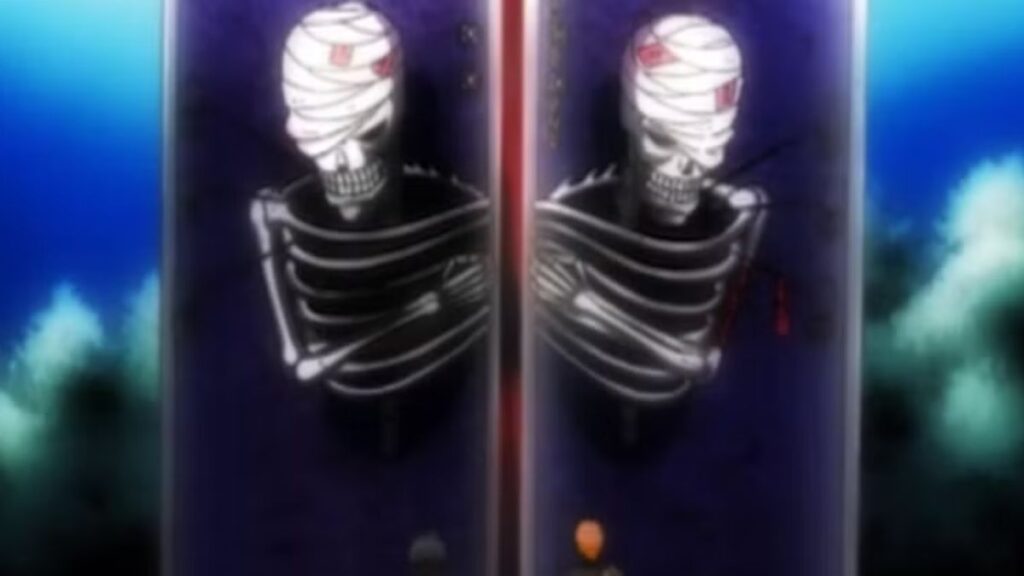
In Bleach, death doesn’t guarantee peace. While some souls pass on to the Soul Society, many linger on Earth, burdened by regrets. Over time, these restless spirits can transform into Hollows—monstrous beings with a gaping hole in their chest where their heart once was. Driven by an insatiable emptiness, Hollows often target their loved ones first, devouring their souls and preventing them from reaching the afterlife.
Hollows can also find themselves in Hueco Mundo, a desolate realm of eternal night inhabited solely by these creatures. However, for those who have committed unforgivable crimes in life or wielded immense power beyond the cycle of reincarnation, there is another fate: Hell. This nightmarish realm, rarely explored in the manga, is a place of relentless torment. The recent Bleach anniversary one-shot offered a glimpse into its horrors, leaving fans eager to learn more.
Looking at the bigger picture, the afterlife in Bleach seems far from ideal. One might become a Hollow and destroy their own family, suffer eternal damnation in Hell, or struggle to survive in the Soul Society—where the rich thrive while countless souls live in poverty and chaos. Considering this grim reality, it becomes easier to understand why Yhwach sought to reshape the universe entirely.
